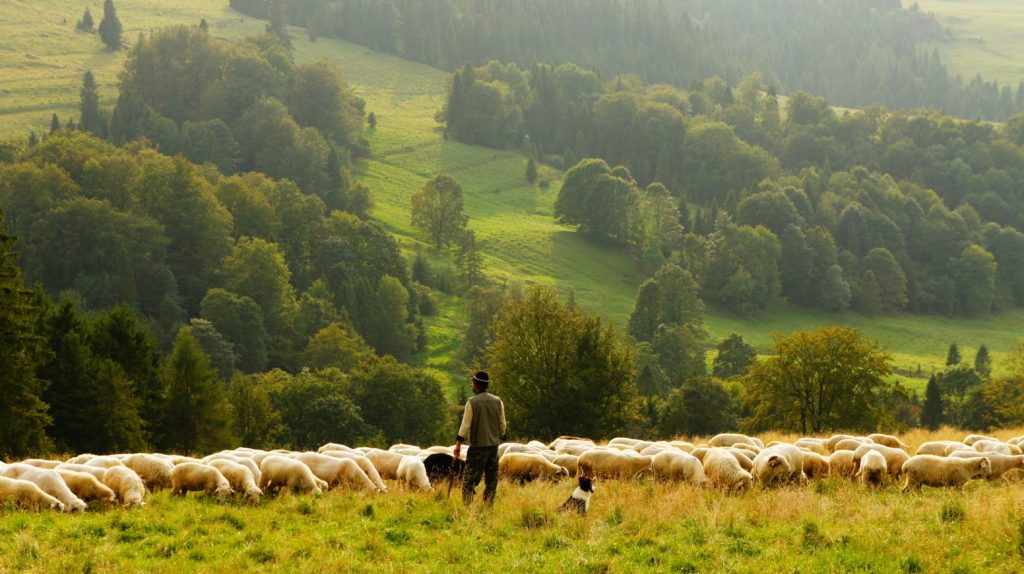Carbon Farming: A Promising Solution for Combating Climate Change
Harnessing the Power of Agriculture to Sequester Carbon and Restore the Planet
In the fight against climate change, innovative approaches are emerging to address the pressing challenge of reducing carbon dioxide (CO2) emissions. One such solution gaining traction is carbon farming—a practice that combines sustainable agriculture with carbon sequestration to help mitigate the effects of global warming. By harnessing the power of the land and leveraging the natural processes of plants and soil, carbon farming has the potential to not only combat climate change but also enhance soil health, increase biodiversity, and boost agricultural productivity. This article delves into the world of carbon farming, exploring its techniques, benefits, and the promising future it holds.
The Power of Plants and Soil:
At the heart of carbon farming lies a profound understanding of the symbiotic relationship between plants and the soil. Plants, through the process of photosynthesis, capture CO2 from the atmosphere and convert it into organic matter, storing it within their tissues and roots. Simultaneously, they release oxygen, allowing us to breathe. However, this is only the beginning. When these plants decompose or are consumed by animals, their carbon-rich matter is returned to the soil. This organic matter becomes food for a bustling community of microorganisms, fungi, and earthworms that break it down further, releasing carbon into the soil.
Carbon Sequestration in Agriculture:
Carbon farming recognizes the immense potential of agriculture as a tool for carbon sequestration. By implementing practices that enhance soil carbon storage, farmers can actively contribute to climate change mitigation. One such practice gaining attention is regenerative agriculture, which focuses on building healthy soils through techniques like cover cropping, crop rotation, and minimal tillage. These practices not only sequester carbon but also improve soil structure, water retention, and nutrient availability. They enable farmers to adapt to changing climate conditions while increasing their resilience and productivity.
Another approach within carbon farming is agroforestry, a system that combines trees and crops on the same land. Trees act as carbon sinks, absorbing CO2 from the atmosphere and storing it in their trunks, branches, and roots. Integrating them into agricultural landscapes provides additional carbon sequestration potential while providing shade, windbreaks, and biodiversity benefits.
The Environmental and Economic Benefits:
The potential benefits of carbon farming extend far beyond carbon sequestration. Healthy, carbon-rich soils improve water infiltration, reducing erosion and increasing the soil's capacity to hold water during dry periods. This enhances agricultural productivity and resilience in the face of droughts and extreme weather events—a critical advantage in a changing climate.
Moreover, carbon farming contributes to the restoration of biodiversity and ecosystem health. By adopting diverse cropping systems and conserving natural habitats within agricultural landscapes, farmers create havens for beneficial insects, birds, and other wildlife. This holistic approach to farming promotes ecological balance and reduces the need for chemical inputs, benefiting both the environment and human health.
Beyond environmental gains, carbon farming presents economic opportunities for farmers. Through carbon offset markets, farmers can generate additional income by selling carbon credits based on the amount of CO2 they sequester. This incentivizes the adoption of sustainable practices, providing financial support for farmers and empowering them to invest in their land's long-term health.
The Way Forward:
While carbon farming shows great promise, widespread adoption is crucial for its success. Governments, policymakers, and agricultural institutions play a pivotal role in providing financial incentives, technical support, and research to propel the movement forward. Collaboration between farmers, scientists, and industry experts is essential to refine techniques, develop robust measurement methodologies, and ensure the integrity of carbon offset markets.
In recent years, initiatives and pilot projects focused on carbon farming have emerged globally. Countries like Australia and the United States have begun exploring the potential of this practice, recognizing its ability to align environmental stewardship with agricultural productivity. However, significant challenges remain, such as scaling up implementation, addressing knowledge gaps, and overcoming barriers to adoption. Nonetheless, with increased awareness and support, carbon farming has the potential to become a transformative force in combating climate change.
Conclusion:
Carbon farming represents a paradigm shift in agriculture—a transformation from being part of the problem to becoming an integral part of the solution. By harnessing the inherent power of plants and soil, farmers have the opportunity to contribute to climate change mitigation while improving soil health, increasing biodiversity, and securing their own livelihoods. As the world grapples with the urgent need for sustainable solutions, carbon farming emerges as a beacon of hope—a tangible pathway towards a more resilient, regenerative, and sustainable future.
What Does Carbon Farming Do?
Carbon Farming significantly improves soil viability and the soils capacity to hold water. Carbon farming draws down carbon from the atmosphere and stores it in the roots and soil. Carbon farming improves biodiversity and organic output while allowing the deeper root systems to reduce soil erosion caused by grazing and bare soil water runoff. This more traditional form of farming and grazing is now considered the most technologically sound and is agricultures answer to many of its challenges.
Carbon farmers apply compost, rotate grazing and employ methane capture systems that produce energy from manure digesters. They also work to restore the woodlands and streams that are all part of a bee happy and bird abundant ecosystem. Check out CarbonCycle.org to learn more.
Carbon Farmers who are doing It
